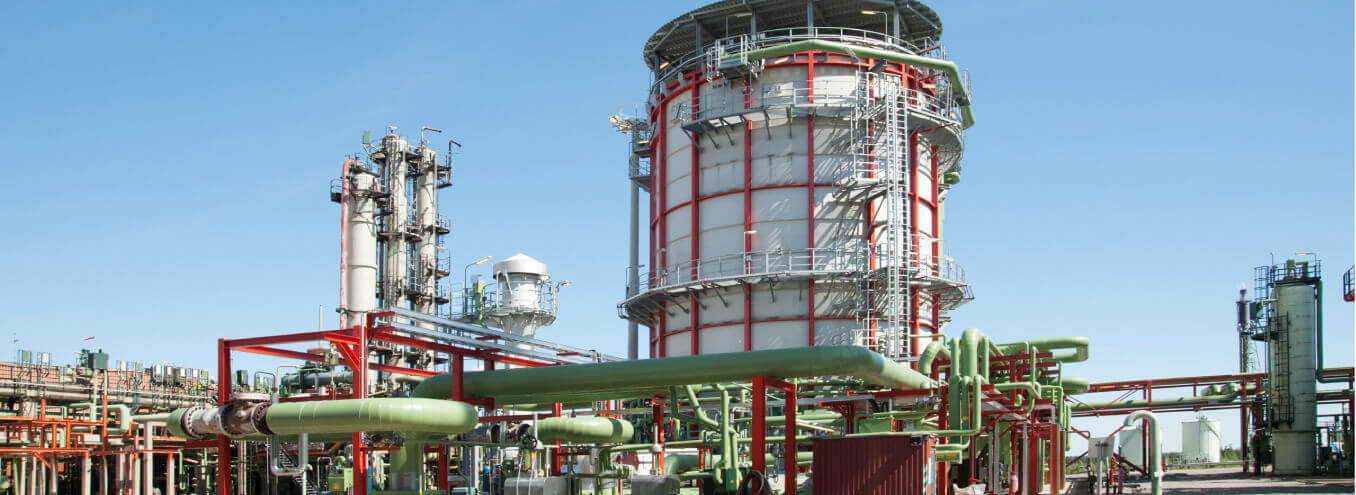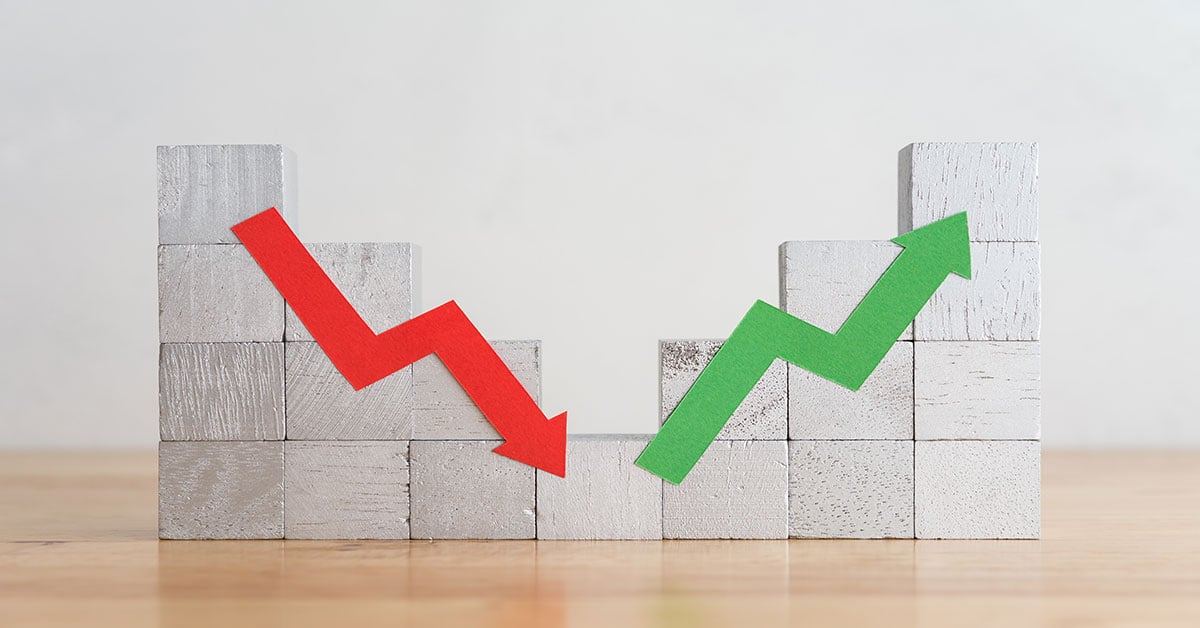3 min read
Acetone: A Tale of Two Chemicals—Isopropanol and Phenol
 Jennifer Hawkins
:
Aug 3, 2020 12:00:00 AM
Jennifer Hawkins
:
Aug 3, 2020 12:00:00 AM

Acetone has seen some dramatic lows and highs since 2018. Global supply has gone from huge oversupply to very tight in less than two years. During the Covid-19 lockdown, most petrochemicals values tumbled, but acetone prices remained fairly steady. And while markets were starting to open up slowly, acetone bucked most trends by rocketing to new highs this month. However, several factors indicate that acetone’s favorable trajectory may draw to an end in the latter half of 2020.
Acetone spot prices in Europe soared in July and are expected to climb beyond €1000/ ton in August. Demand is good, but the region's very short supply drives the strength in pricing. Suppliers are reporting that customers are ‘desperate’ for material.
Demand for acetone’s co-product phenol has been slipping since mid-2019 after being hit hard by a slowing economy and a poor-performing car industry. As a result, phenol operating rates had to be turned down, but this supply remained long, and prices, as a result, continued to weaken. However, acetone demand had remained healthy during this time, and this, combined with lower run rates, saw availability become quite tight at the start of 2020. Then, attractive arbitrage opportunities to China and the US during May and June diverted volumes away from Europe, further tightening the market.
Acetone demand has been driven by growing demand for isopropanol (IPA), which has moved into acute shortage over the past three months since one of its uses is in hand sanitizers, a market it shares with ethanol. Demand for hand sanitizers has shot up since the emergence of the COVID-19 pandemic, for use not only in hospitals but in homes and many public places. This has resulted in a huge escalation in prices worldwide. IPA can be made from propylene or acetone, and both routes have been highly profitable in the past few months. As a result, acetone demand for IPA has been very strong in recent months, but in July, market participants reported that demand was starting to stabilize.
Phenol producers in Europe have been reporting that demand has started to pick up from their end-use sectors, with automobiles, the hardest-hit industry, also showing signs of improvement. If this continues, operating rates will be increased, and acetone supply coupled with falling IPA demand could see prices under downward pressure. But this could be capped by a supply shortage in Q3/Q4 when several turnarounds in the European domestic market occur. These include Sequens in France, which will be down in August; Domo, which will shut down in September; Ineos, which will have its Gladbeck plant down for a turnaround in October/November; and Cepsa, which will have one line down in October. Borealis and Versalis have delayed their turnarounds until Q1 next year.
The acetone spot market remains strong in the US as supply has remained very tight despite arbitrage opportunities for Asian and European importers. Demand from coatings and solvents has been impacted the most by Covid-19, but improved offtake volumes from IPA and MMA sectors gave the acetone industry a much-needed boost during the dark days of the pandemic. However, market participants report that demand from IPA for hand sanitizers has started to soften from peak levels.
In the past several months, the supply of acetone in China has been tight because of high consumption from the IPA sector and a heavy turnaround schedule in the domestic market. But most producers restarted this month except Sinopec Mitsui. Although acetone supply is well balanced, market sentiment is being weighed down by expectations that supply will increase when Zhejiang Petrochemical starts its phenol/acetone plant and import cargoes from Saudi Arabia resume following the completion of Rabigh’s turnaround. IPA operating rates fell slightly in May; competition in this market has become fierce as several new IPA capacities have come online. When acetone prices hit high levels, only IPA producers could afford the high prices. MIBK plants were forced to shut down for some time, and MMA producers had to keep their operating rates low. The other downstream sectors resisted paying high acetone prices, which saw a quick decline in IPA values. It should be noted that IPA prices in Europe have been driven higher by strong demand that far exceeds supply. On the other hand, in China, IPA prices have been forced up mainly by the rising costs of acetone.
Phenol demand in all regions is showing signs of improving. As a result, operating rates will be increased to meet growing demand. However, acetone offtake volumes have slipped slightly in the last few weeks. IPA demand seems to be falling from peak levels seen in May/June, and the other end-use industries have been struggling to pay the high acetone prices, therefore exerting some downward pressure. In Europe, many turnarounds, while Shell in the US is also due to shut for a 45-day turnaround in September, will see supply become tight. However, market participants are not confident that acetone prices will maintain their strong position. With new capacity in China and import volumes rising again from Saudi Arabia to China, it is possible that the industry could find itself back in a global glut. Either scenario is possible, but acetone’s fate over the next few months will be largely determined by phenol and isopropanol demand.
Learn more about how OrbiChem360, our online chemicals intelligence platform, can help your business in the global chemicals market.





